India is one of the very few countries in the world that has preserved and upheld the ancient crafts in their purest form and handloom industries is one of them. One of the earliest industries to be established in India, it accounts for 14% of the total Industrial production, contributes to nearly 30% of the total exports and is the second-largest employer in the country after agriculture, employing more than 43 lakh weavers and allied workers.
Although National Handloom Day is celebrated on 7th August; a week, starting from 7th April is dedicated to the love of the loom. The event which is observed annually seeks to highlight the contribution of the handloom industry to the overall socio-economic development of the country and create awareness about the significance of the handloom industry.
The day in History: National Handloom Day
On August 7, 1905, with the partition of Bengal, several prominent leaders of India’s freedom struggle demanded that Indians boycott British mill-spun yarn to favour native handmade products. Starting from here, the Swadeshi Movement gained strength. It was on August 7 that a formal proclamation was made at the Calcutta Town Hall. More than a century later, to mark the occasion, it was decided in 2015 that August 7 would henceforth be designated National Handloom Day.
Understanding Handloom: The grace in making
The craft of manual weaving and the looming process is unique to the Indian subcontinent. The sheer range of fabrics produced in the country is exceptionally remarkable. From the Ikats of Orissa to Tamil Nadu’s famous Kanchipuram sarees to Muga in Assam, India is home to an enviable array of handloom fabrics and weaving techniques that are perhaps as ancient as our civilisation. Every region has its own signature weave and various books can be written just about the silk varieties. From the Bhagalpuri silks of Bihar to Kosa of Chhattisgarh to Jharkhand’s Kuchai, Mysore silks, Paithani of Maharashtra, Eri silk of Meghalaya, each one carries its own history and beauty.
According to the Reservation and Articles for Production Act, 1985, handloom means any loom other than power loom and in recent years the definition of the word has become more elaborate. A new definition was proposed in 2012, where Handloom was redefined as any loom other than power loom and includes any hybrid loom on which at least one process of weaving requires manual intervention or human energy for production. It basically meant to make room for a relaxed entry for power loom weavers.
Development of looms & crafts in the wake of pandemic
In the wake of the pandemic, the government took various steps in recent times for the welfare of the handloom weavers.
- Developing a virtual market: Unable to hold conventional marketing events due to the Covid-19 pandemic, the Handloom Export Promotion Council (HEPC) took the step to virtually connect the Handloom Weavers and exporters of the country with the International Market.
- To promote the handloom legacy of India, a social media campaign #Vocal 4 handmade was launched on the 6th National Handloom Day by the Government. This was launched with the objective to gain people’s support for the weaving community. This event resulted in the renewed interest of the Indian public in handlooms, eventually leading to an increase in the sale of Indian handloom products.
- To educate the weavers to avail benefits of various handloom schemes, 534 Chaupals were organized in various States during August-October 2020.
Weaving the country’s identity in the world; preserving the handloom industry will lead to socio-economic developments. Apart from the above initiatives taken for the handloom sector, the Ministry of Textiles is also implementing various schemes to promote handloom products and the welfare of handloom weavers across the country.






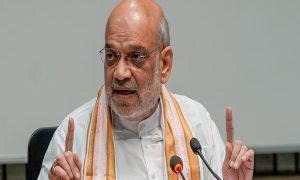



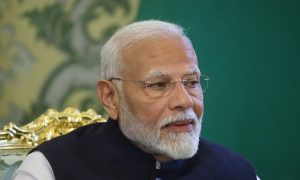

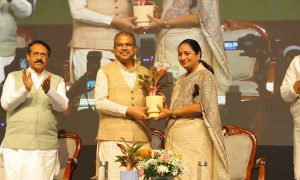

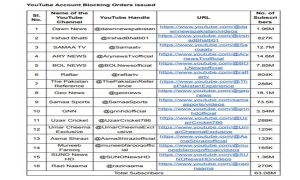





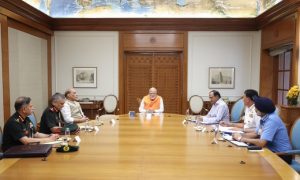



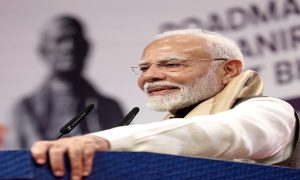

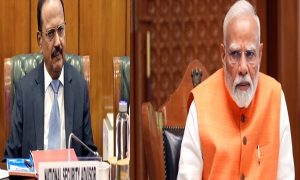

 WhatsApp us
WhatsApp us